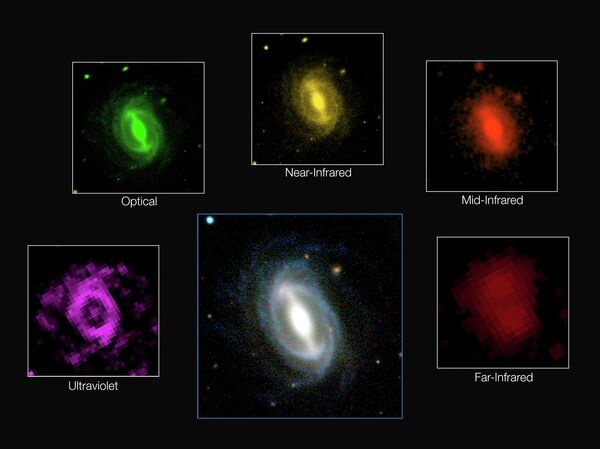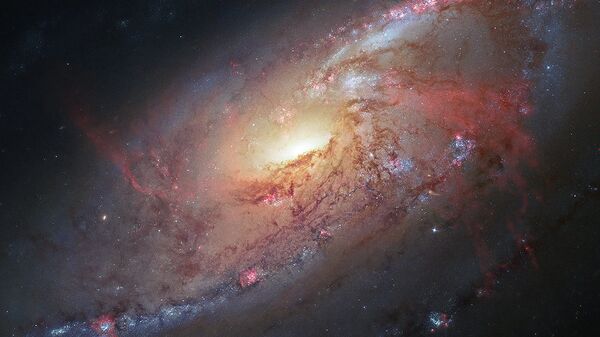"The Universe is fated to decline from here on in, like an old age that lasts forever. The Universe has basically plonked itself down on the sofa, pulled up a blanket and is about to nod off for an eternal doze,"
"We used as many space and ground-based telescopes we could get our hands on, to measure the energy output of over 200,000 galaxies across as broad a wavelength range as possible," he explained.

Professor Driver, who presented his findings at the International Astronomical Union’s General Assembly in Honolulu last week, said the aim of the study was to map and model all of the energy generated within a set volume of space.
Have a look to this @ICRAR Press Release: "Scientists measure Slow Death of the Universe" http://t.co/bMG10Xn5JL pic.twitter.com/jEUGj1vDff
— Ángel López-Sánchez (@El_Lobo_Rayado) 10 августа 2015
"While most of the energy sloshing around was created in the aftermath of the Big Bang, additional energy is constantly being released by stars as they fuse elements like hydrogen and helium together," he explains.
"This newly released energy is either absorbed by dust as it travels through the host galaxy, or escapes into intergalactic space and travels until it hits something such as another star, planet, or very occasionally a telescope mirror."
Since the late 1990s scientists have been aware that the energy of the universe, which is estimated to be 13.82 billion years old, is slowly fading. The latest study is the most comprehensive to measure the phenomenon, and found it occurring across all wavelengths from the ultraviolet to the infrared.
Watch “Fly through of the GAMA Galaxy Survey” on @Vimeo https://t.co/3wpExNnLNc
— Christian Brey (@ChrisBrey1) 11 августа 2015
The study forms part of the GAMA project, the largest ever multi-wavelength survey which aims to study galaxy clusters, groups, mergers, bulges and discs, in order to better understand the structure of the Universe, its formation and subsequent evolution.



